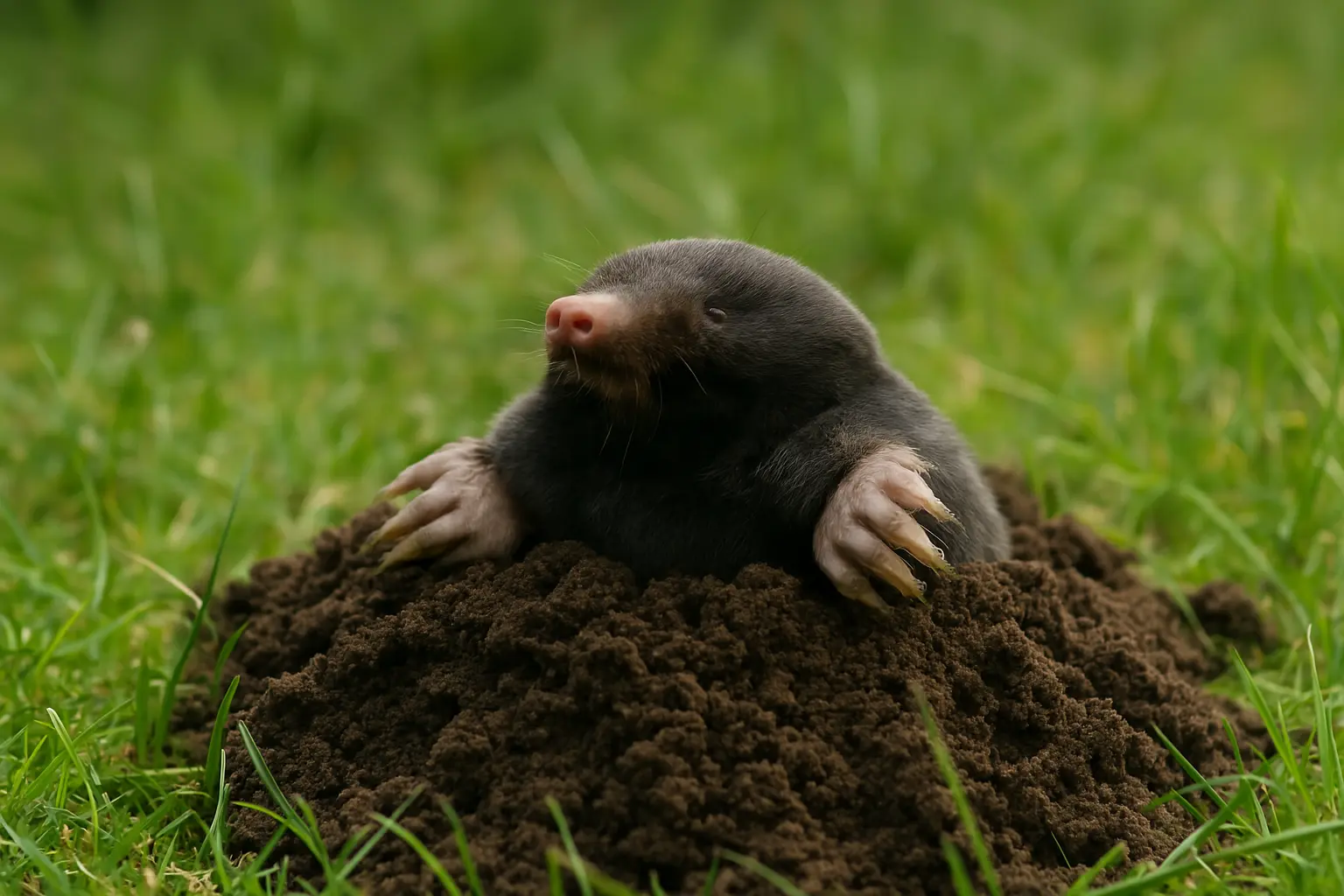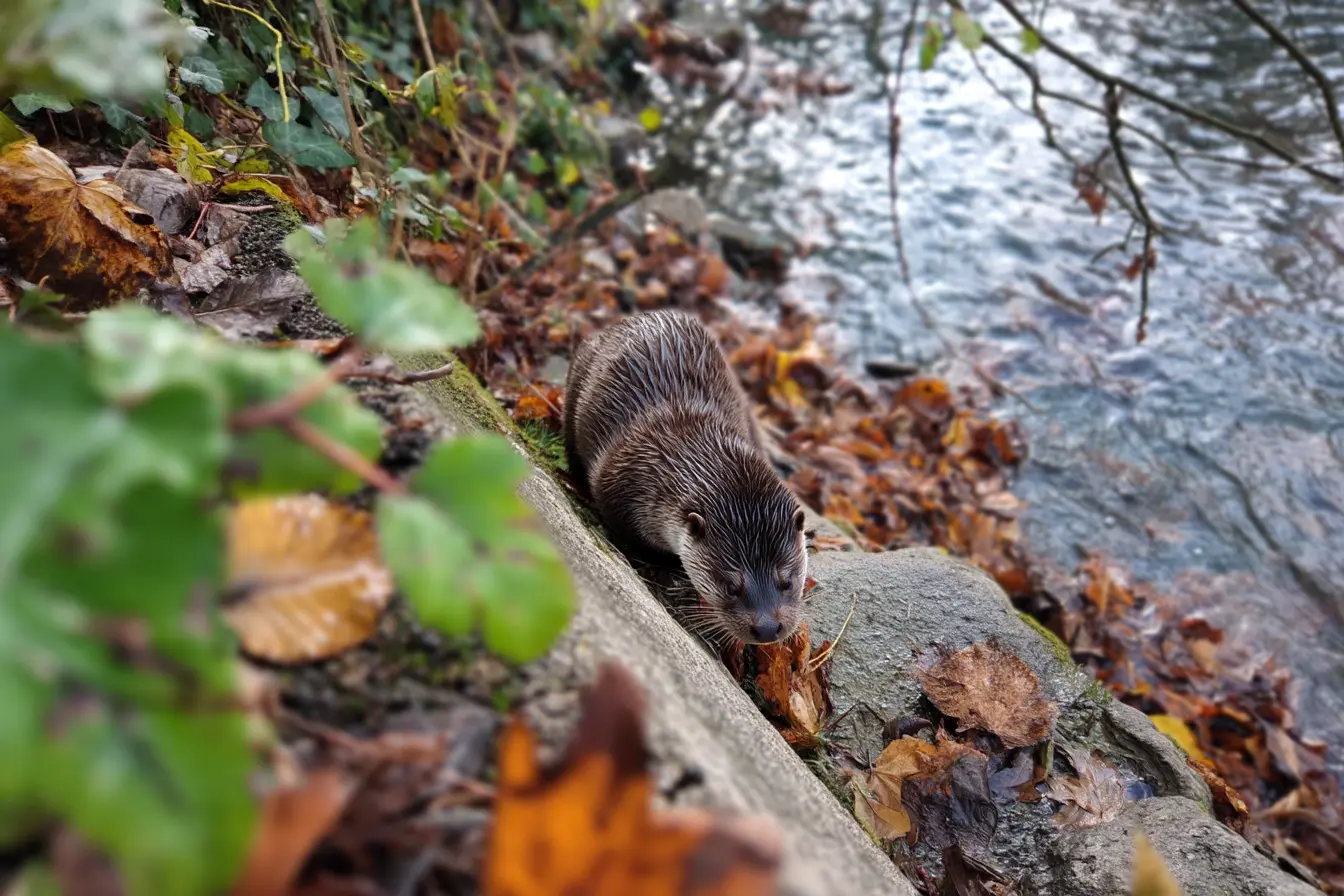
Managing Moles in Your Garden: Everything You Need to Know
Moles can be a real headache for gardeners. While they rarely harm plants directly, their tunnelling habits can wreak havoc on lawns, borders, and flowerbeds. If you’ve discovered molehills popping up overnight, don’t panic – there are steps you can take to manage the problem effectively and humanely.
In this guide, we’ll cover what moles are, why they visit gardens, how to spot mole activity, and the best ways to deter or remove them.
What Are Moles?
Moles are small, burrowing mammals found throughout the UK. They have velvety fur, powerful front limbs for digging, and poor eyesight. Despite their size, they’re capable of constructing complex tunnel systems and shifting large amounts of soil.
Moles feed mainly on earthworms and other invertebrates found in the soil. One mole can consume its body weight in worms each day – which makes rich, healthy soil a magnet for mole activity.
Signs of Mole Activity
Moles are elusive creatures, but they leave behind tell-tale signs:
- Molehills: Conical heaps of soil, often in a line or cluster, created as moles push soil to the surface from their tunnels.
- Raised ridges: In softer ground or lawns, you may notice raised or sunken ridges where mole runs pass just below the surface.
- Uneven ground: Frequent tunnelling can cause parts of the garden to feel soft or unstable underfoot.
Molehills typically appear in winter and early spring, but moles can be active all year round.
Are Moles Dangerous to Gardens?
Moles don’t eat plants, but their presence can still cause problems:
- Disruption of root systems and seed beds
- Damage to lawns and landscaping
- Exposure of stones and roots that can cause injury
- Aesthetic impact on otherwise neat gardens
On the plus side, their digging aerates the soil and they control pest insects naturally. If they’re not causing direct damage, you might choose to leave them alone.
Prevention and Deterrence
If you want to deter moles without harming them, try the following strategies:
Improve Drainage
Moles prefer moist, worm-rich soil. Improving drainage can make your garden less attractive to them. Consider:
- Installing French drains or gravel trenches
- Reducing overwatering
- Aerating compacted soil
Vibration and Noise Deterrents
Moles are sensitive to sound and vibrations. These options may drive them away:
- Ultrasonic repellers: Solar-powered devices that emit vibrations into the ground
- Wind-powered mole chasers: Such as vibrating stakes or spinning wheels
- Bottles in the ground: Partially buried glass bottles can hum with the wind, creating disruptive noise
Note: Success with these is mixed – some moles quickly become accustomed to them.
Natural Repellents
Some gardeners swear by natural deterrents:
- Castor oil-based sprays: Commercial products coat worms with an unpleasant taste, driving moles away
- Used coffee grounds or garlic: May be placed in tunnels to make conditions unfavourable
- Human or predator hair: Thought to simulate the presence of predators
Again, results vary and persistence is key.
Mole Removal Methods
When deterrents aren’t enough, you may need to remove the mole. Here are your options:
Live Trapping
- Legal in the UK, provided the animal is released safely and not harmed
- Place traps in active runs (straight tunnels, not near molehills)
- Check traps frequently and release moles well away from your garden (with landowner permission)
Note: Live trapping requires patience, skill, and knowledge of mole behaviour.
Traditional Spring Traps
- Quick and lethal, but should be used responsibly and legally
- Best handled by professionals or experienced individuals
- Must be checked regularly to comply with animal welfare laws
When to Call a Professional
If you’ve tried humane deterrents and trapping without success, or if the mole damage is extensive, it may be time to call a pest control specialist. Professionals can assess the extent of the problem and use legal and effective means to resolve it.
Always choose a service that complies with UK wildlife protection and pest control regulations.
Final Thoughts
Moles are fascinating but frustrating garden visitors. With patience, care, and the right approach, you can reduce their impact and reclaim your garden. Whether you choose to deter, trap, or simply coexist, understanding mole behaviour is the key to managing them effectively.
Stay calm, stay informed, and good luck in keeping your garden mole-free!
Related Vets
Vets near you
Speciality vets
- Aquatics vet specialists
- Birds vet specialists
- Camelids vet specialists
- Cats vet specialists
- Cattle vet specialists
- Deer vet specialists
- Dogs vet specialists
- Equines vet specialists
- Exotic vet specialists
- Goats vet specialists
- Pigs vet specialists
- Poultry vet specialists
- Sheep vet specialists
- Small Mammals vet specialists
- Wild vet specialists











